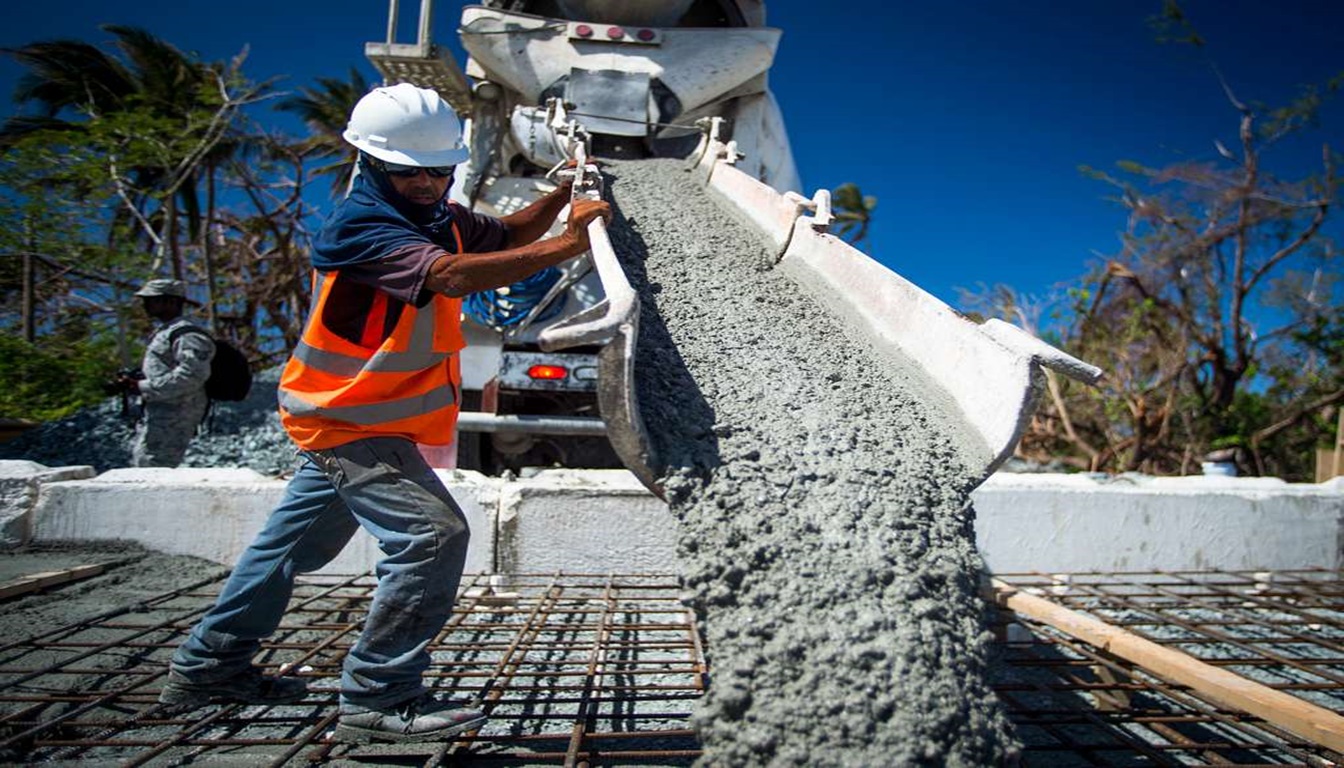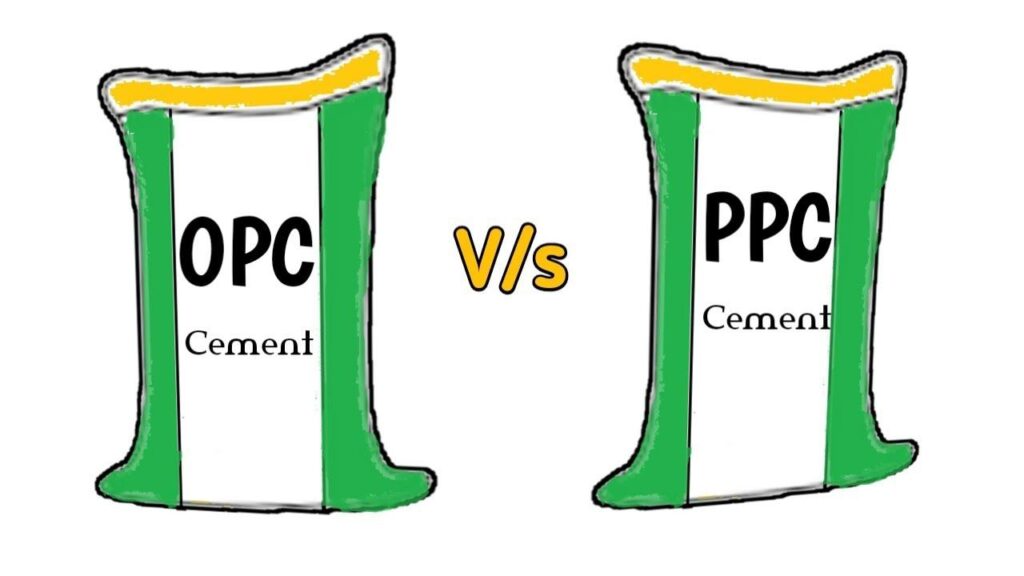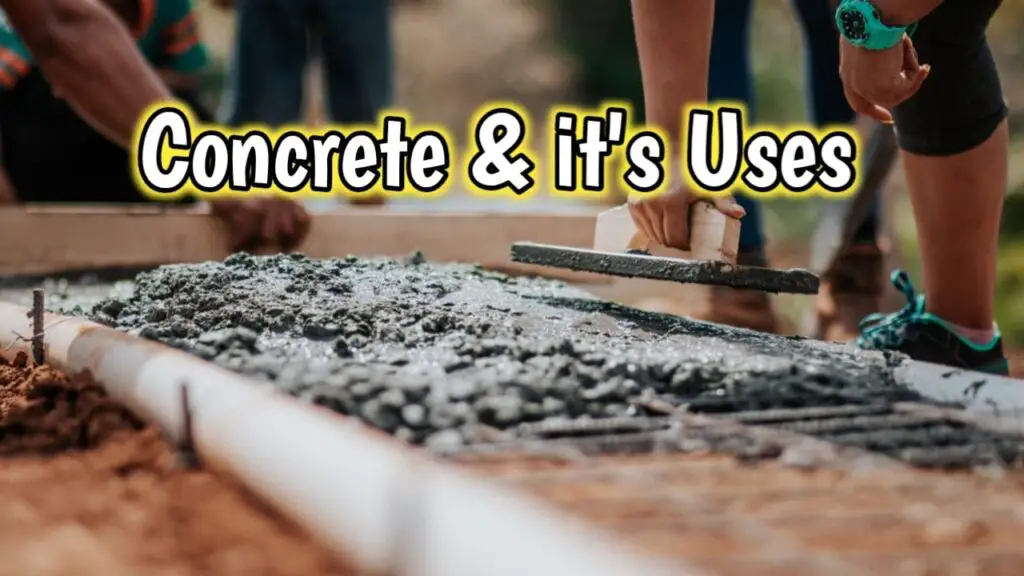In this article, we will provide you with a comprehensive understanding of Reinforced Cement Concrete and why it is preferred for modern construction in India. Reinforced cement concrete is a widely used composite material in the construction industry, offering a multitude of advantages and uses
As a professional copywriting journalist, we believe it’s essential to educate our readers on the basics of this material before diving into the in-depth analysis of its properties, advantages, and disadvantages. This article aims to provide a complete guide to Reinforced cement concrete, helping you make informed decisions about your construction needs.
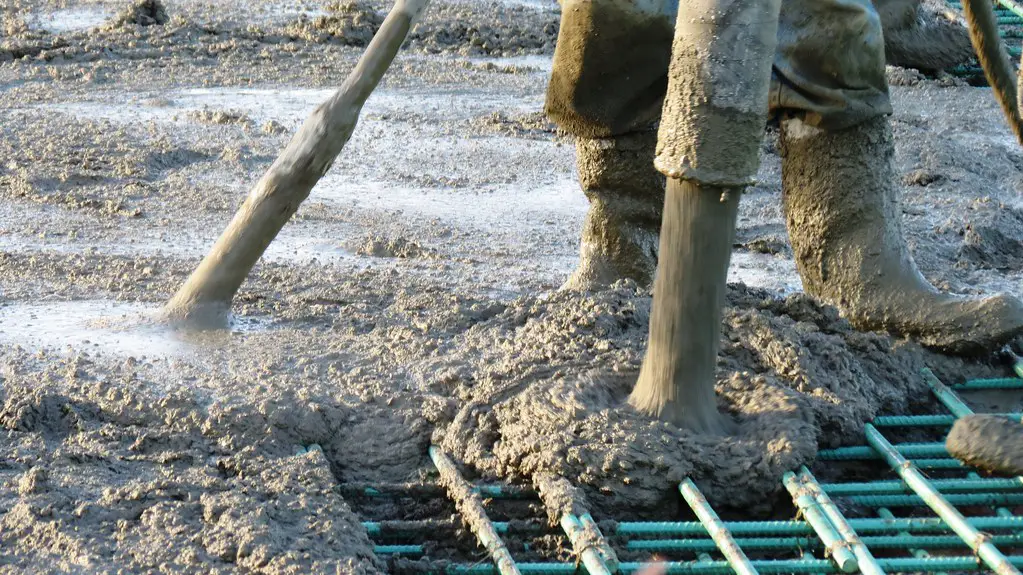
Key Takeaways:
- RCC stands for Reinforced Cement Concrete, a composite material used in construction.
- Reinforced cement concrete offers numerous advantages over plain concrete, such as higher tensile strength and better durability.
- The material is widely used in various applications, including building construction, bridges, dams, tunnels, etc.
- The key materials used in Reinforced cement concrete construction include cement, aggregates such as sand and gravel, water, and reinforcement bars.
- Reinforced cement concrete comes with certain challenges, such as the need for skilled labor and proper quality control.
What is Reinforced Cement Concrete?
Let’s start by explaining the full form of RCC and understanding what it means in the context of construction. RCC stands for Reinforced Cement Concrete. It is a composite material that combines cement, aggregates, and reinforcement bars to enhance its strength and durability. The result is a material that offers better tensile strength, improved durability, and greater resistance to environmental factors such as earthquakes and fire.
Reinforcement bars, also known as reinforcing steel or rebars, play a crucial role in enhancing Reinforced cement concrete‘s strength. These bars are usually made of steel and placed within the concrete structure to form a reinforced mesh. They provide additional support to the concrete and help prevent cracks and fractures, making the structure more reliable and long-lasting.
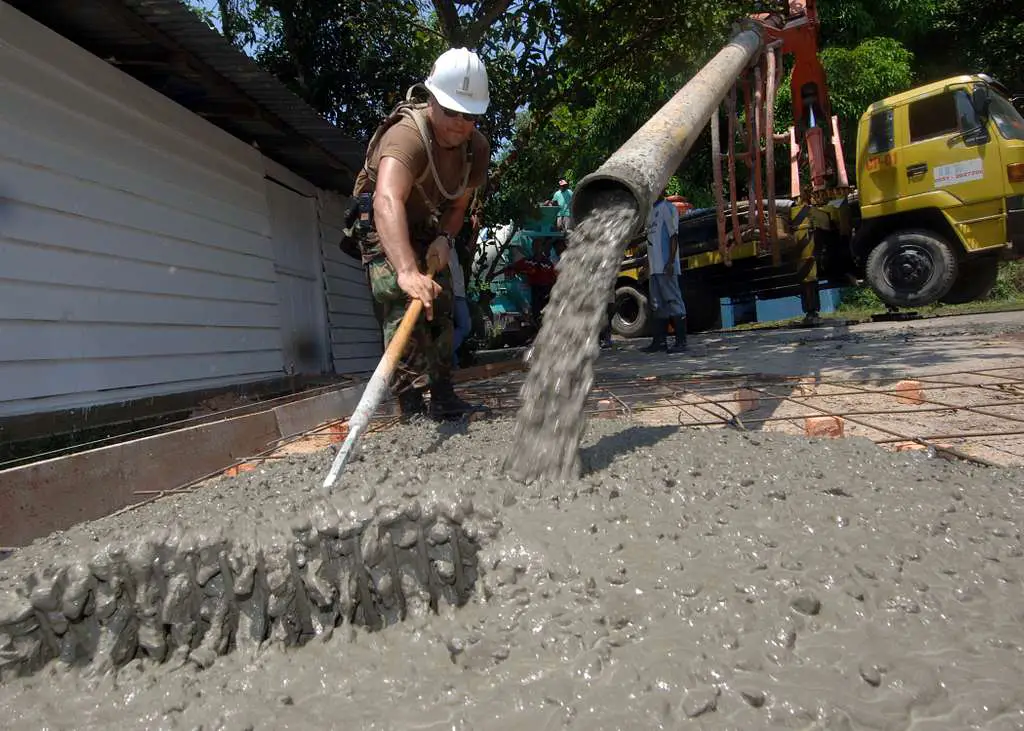
In summary, Reinforced Cement Concrete is a reliable and durable construction material that combines cement, aggregates, and reinforcement bars. The use of Reinforced cement concrete in modern construction in India has become increasingly popular due to its many advantages and reliable performance.
Advantages of Reinforced Cement Concrete
Reinforced Cement Concrete has numerous advantages over plain concrete, making it a popular choice for construction projects:
- Higher Tensile Strength: Reinforced cement concrete has high tensile strength due to the presence of steel reinforcement bars, making it ideal for constructing tall buildings.
- Heavy Load Bearing Capacity: Reinforced cement concrete can support heavy loads, which makes it the preferred choice for building bridges and dams.
- Fire Resistance: Reinforced cement concrete has superior fire-resistance properties compared to other building materials, making it safe to use in fire-prone areas.
- Earthquake Resistance: Reinforced cement concrete can withstand seismic activity, making it suitable for constructing buildings in earthquake-prone areas.
Visual Representation of Reinforced Cement Concrete Advantages
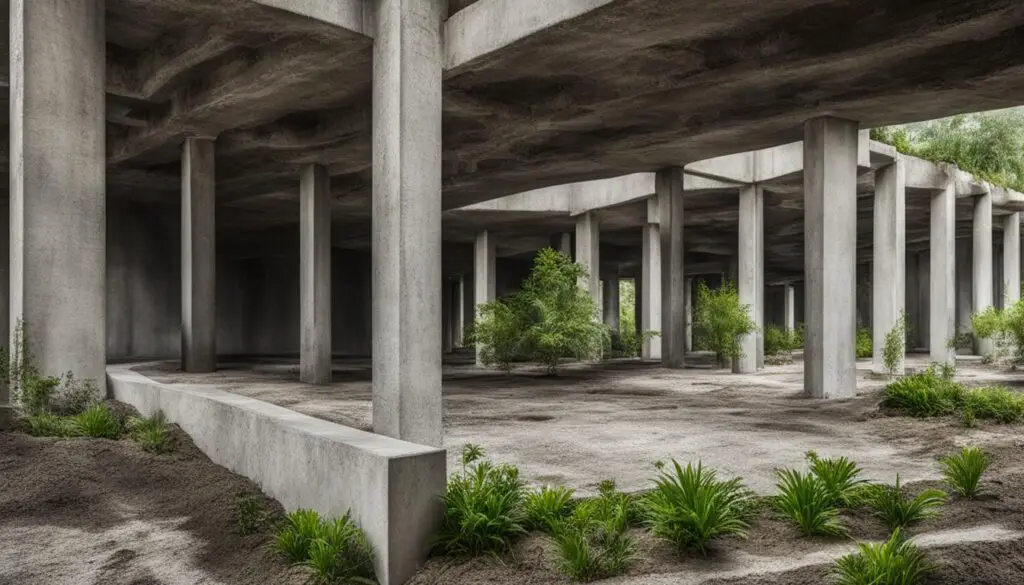
“Reinforced cement concrete provides the right combination of strength, durability, and resistance to environmental factors, enhancing the life-span of structures and creating safer living spaces.”
Strength Comparisons of Common Building Materials
| Building Material | Tensile Strength | Compressive Strength |
|---|---|---|
| RCC | 300-500 kg/cm2 | 4000-5000 kg/cm2 |
| Steel | 4000-5000 kg/cm2 | N/A |
| Brick | 10-15 kg/cm2 | 50-100 kg/cm2 |
| Wood | 70-140 kg/cm2 | 350-400 kg/cm2 |
As shown in the table above, Reinforced cement concrete offers superior tensile and compressive strength compared to other building materials like brick and wood.
Disadvantages of Reinforced Cement Concrete
While Reinforced Cement Concrete has several advantages, it also has its own set of disadvantages. The following are the limitations and challenges associated with the use of RCC:
Skilled labor and expertise required
One of the primary challenges of using RCC is that it requires skilled labor and expertise for construction. Improper construction practices can lead to structural failures, which can compromise the safety and durability of the entire structure. Therefore, it is crucial to hire qualified engineers and contractors who have the necessary knowledge and experience in Reinforced cement concrete construction.
Costly compared to other construction materials
Reinforced cement concrete can also be more costly compared to other construction materials. The cost largely depends on the specific requirements of the project, such as the size of the structure and the quality of the materials used. However, the use of Reinforced cement concrete can still be justified for large-scale projects that require increased durability and strength.
Poor design or execution can lead to corrosion of reinforcement bars
Improper design or execution of Reinforced cement concrete structures can lead to corrosion of the reinforcement bars over time. This can reduce the structural integrity of the entire structure, posing safety risks to people and property. Therefore, it is crucial to follow proper design and construction practices to enhance the durability and longevity of RCC structures.
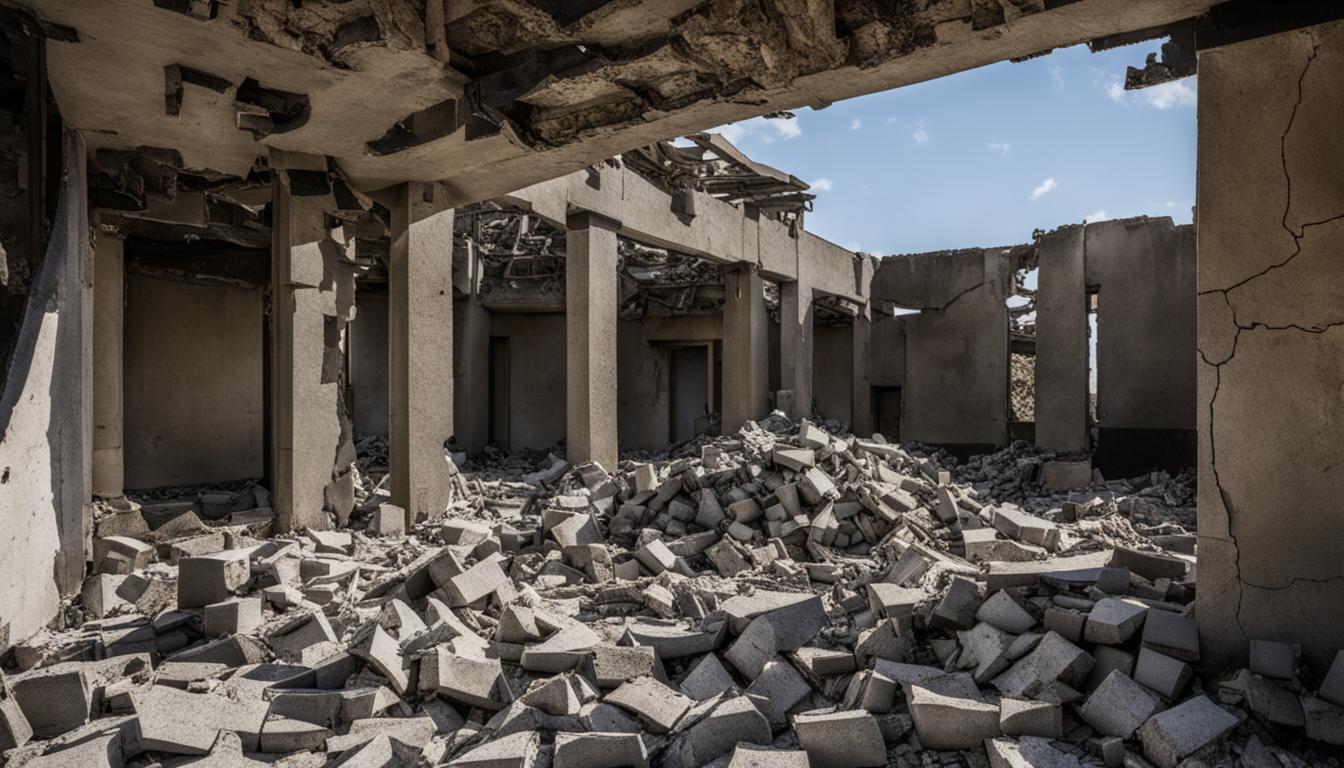
While Reinforced cement concrete offers many benefits, there are also several challenges and limitations associated with its use. Careful consideration of these factors can help ensure the successful completion of Reinforced cement concrete structures that meet safety, durability, and cost-effectiveness requirements.
Properties of RCC
Reinforced Cement Concrete is a popular construction material in India, providing strong and durable structures. The properties of RCC make it a reliable choice with several advantages. One of the most highlighted properties is its high compressive strength, which is why it can support heavy loads and withstand natural calamities.
In addition to the high compressive strength, Reinforced cement concrete exhibits good durability, making it suitable for long-lasting constructions. In terms of resistance, it boasts excellent resistance to fire and water, making it a particularly favorable material for buildings. Additionally, RCC provides good thermal insulation, making it a preferred material for constructing energy-efficient structures.
Reinforced cement concrete can be molded into various shapes and sizes, allowing for greater flexibility and versatility in design. This feature enables architects and engineers to create complex and aesthetically pleasing designs efficiently.
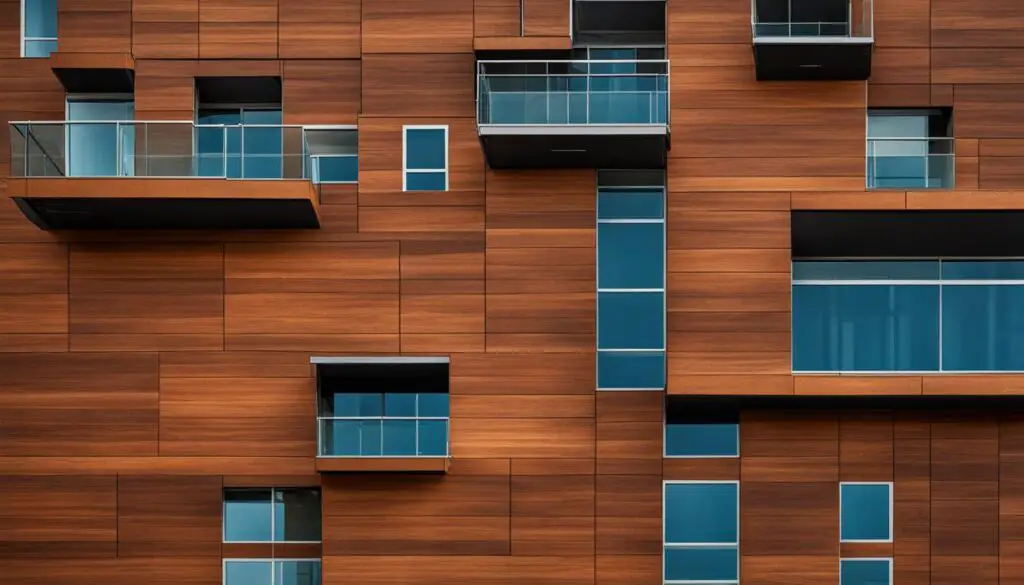
“The high compressive strength, good durability, and resistance to fire and water features of Reinforced cement concrete make it a highly reliable construction material.”
Uses of RCC Concrete
Reinforced Cement Concrete is a versatile construction material that finds its application in a myriad of structures across India.
One of the key uses of Reinforced cement concrete is in the construction of buildings. RCC is widely employed to construct foundations, beams, columns, and slabs for both residential and commercial structures. RCC structures are known for their durability and strength, making them ideal for withstanding heavy loads and adverse environmental conditions.
RCC is also a popular choice for constructing infrastructural projects such as bridges, dams, and tunnels. The strength and rigidity offered by Reinforced cement concrete make it a suitable material for building large structures that can withstand wear and tear even in the harshest of environments.
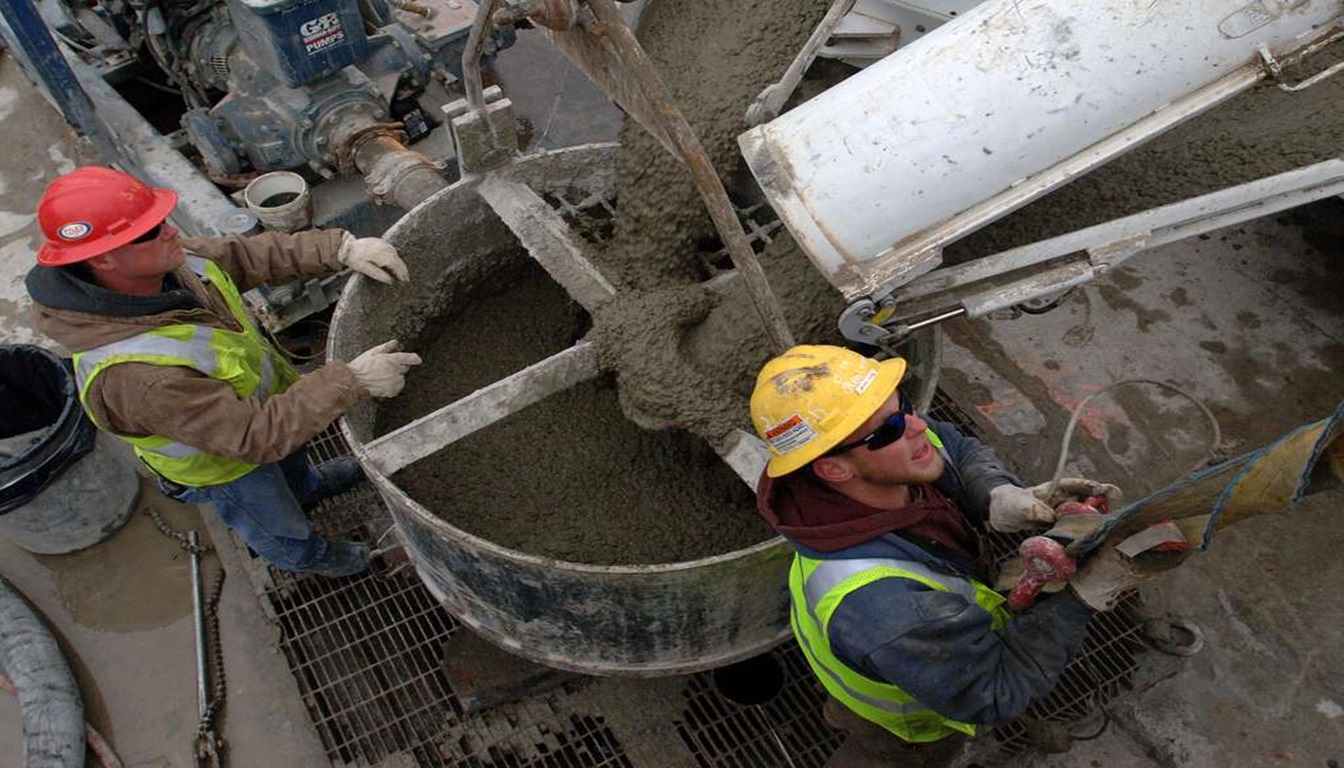
Applications of RCC
| Applications | Description |
|---|---|
| Residential buildings | Reinforced cement concrete is widely used to construct foundations, walls, columns, beams, and slabs in residential buildings due to its strength and durability. |
| Commercial buildings | Similar to residential buildings, Reinforced cement concrete finds extensive use in the construction of commercial structures such as offices, shopping centers, and hotels. |
| Infrastructural projects | RCC is employed in large projects such as bridges, dams, and tunnels due to its strength, durability, and ability to resist wear and tear over time. |
| Prefabricated elements | Reinforced cement concrete is an excellent choice for prefabricated elements such as stairs, walls, and ceilings that require strength and sturdiness in addition to being easy to transport and assemble. |
As evident from the table, the utility of RCC extends beyond just basic construction elements and finds its application across a host of industries.
Materials Used in RCC
Reinforced Cement Concrete is a composite material that contains various components to enhance its strength and durability. We will discuss the key materials used in RCC construction and their respective roles in providing the desired structural properties.
Cement
Cement is the binding agent used to hold the various components of RCC together. It reacts with water to form a paste, which coats the aggregates and binds them together. Portland cement is the most commonly used type of cement in RCC construction due to its strength and durability.
Aggregates
The aggregates used in RCC include coarse aggregates such as gravel and fine aggregates such as sand. They provide bulk to the concrete and contribute to its strength and durability. Coarse aggregates provide the skeleton of the concrete, while fine aggregates fill the voids between them, making the concrete more compact and dense.
Water
Water is an essential component of RCC, and its correct proportion is critical for the strength and durability of the concrete. The chemical reaction between water and cement forms the paste that binds the aggregates together, making it imperative to use clean and drinkable water to avoid any impurities that can weaken the structure.
Reinforcement Bars
Reinforcement bars, commonly known as rebars, are made of high-strength steel and are used to provide tensile strength to the RCC structure. They are placed in the concrete before pouring it, so they are fully embedded and held in place once the concrete solidifies. Rebars provide the necessary flexural strength to the concrete structure and help it withstand lateral stresses.
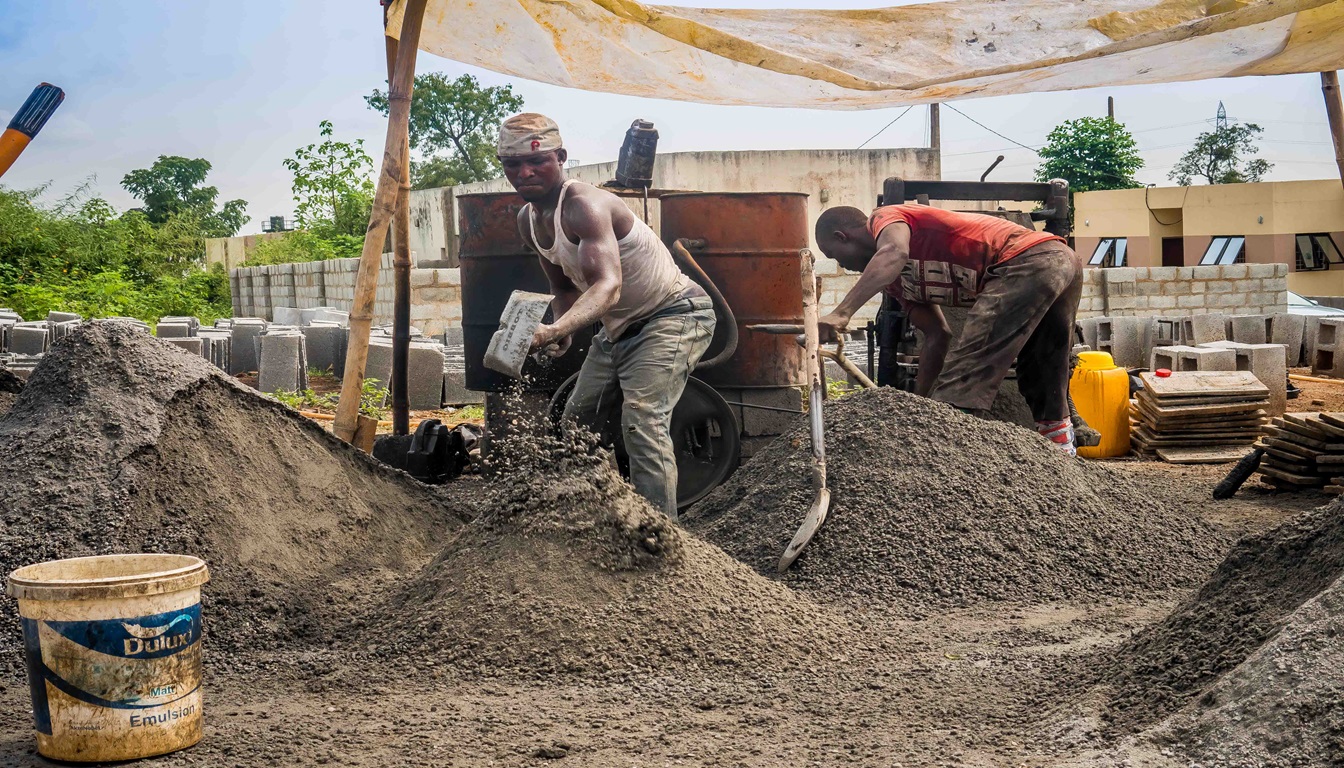
Combined, these materials play a crucial role in providing the desired strength and durability to the RCC structure. Proper attention and expertise must be given during the design and construction phases to ensure a long-lasting result.
Challenges of Using RCC
While reinforced cement concrete offers many advantages, its use also comes with certain challenges that must be overcome. The following are some of the major challenges that we face when using RCC for modern construction in India:
- Skilled labor: The construction of RCC structures requires skilled labor with expertise in the design and execution of structures. Inexperienced workers can lead to improper placement and detailing of reinforcement, compromising the structural integrity of the building.
- Quality control: RCC requires meticulous quality control measures at every stage of construction to ensure that the concrete is uniform in composition and free from defects. Any lapses can result in a decrease in the strength and durability of the structure.
- Structural design principles: It is essential to adhere to structural design principles when building RCC structures. Any deviation from the standard procedures can lead to the structure being over-designed or, worse, under-designed, leading to a decrease in its load-bearing capacity.
Construction practices must ensure the correct placement and detailing of reinforcement to achieve the desired structural performance, while also ensuring the quality of the concrete. These challenges can be overcome through the use of experienced and skilled workers, adherence to quality controls, and proper structural design principles, resulting in long-lasting and reliable RCC structures.
Conclusion
In conclusion, Reinforced Cement Concrete is a widely used and preferred construction material in India due to its enhanced strength, durability, and resistance to various environmental factors. RCC structures have numerous applications, including the construction of buildings, bridges, and dams.
While RCC has several advantages, it also has some disadvantages, including its higher cost compared to other construction materials and the need for skilled labor and expertise during construction. However, with proper design and execution, RCC structures can provide long-lasting and reliable performance.
Despite the challenges of using RCC, it remains a popular choice for modern construction in India due to its ability to withstand heavy loads and resist environmental factors such as earthquakes. As such, it is essential to follow structural design principles, ensure proper quality control, and adhere to correct reinforcement placement and detailing to maximize the benefits of this material.
Overall, we recommend considering RCC for your construction projects, as it offers several benefits that make it a reliable and sustainable choice for modern construction needs.
Thanks For the Great Attention!
Good Bye & Take Care
Happy Learning
Also, Read,
FAQ
What does RCC stand for?
RCC stands for Reinforced Cement Concrete.
What is reinforced cement concrete?
Reinforced Cement Concrete is a composite material that combines cement, aggregates, and reinforcement bars to enhance its strength and durability.
What are the advantages of reinforced cement concrete?
The advantages of reinforced cement concrete include higher tensile strength, the ability to withstand heavy loads, fire resistance, and better resistance against environmental factors such as earthquakes.
What are the disadvantages of reinforced cement concrete?
Disadvantages of reinforced cement concrete include the requirement for skilled labor, higher construction costs compared to other materials, and the potential for corrosion of reinforcement bars if not executed properly.
What are the properties of RCC?
RCC exhibits high compressive strength, good durability, excellent resistance to fire and water, and provides good thermal insulation. It can also be molded into various shapes and sizes.
What are the uses of RCC concrete?
RCC concrete is widely used in constructing buildings, bridges, dams, tunnels, foundations, beams, columns, and slabs in residential, commercial, and industrial structures.
What are the materials used in RCC construction?
The key materials used in RCC construction are cement, aggregates (such as sand and gravel), water, and reinforcement bars. Each component plays a crucial role in providing the desired strength and durability to the concrete structure.
What are the challenges of using RCC?
Challenges of using RCC include the need for skilled labor, proper quality control, and adherence to structural design principles. The correct placement and detailing of reinforcement are crucial for achieving the desired structural performance.

